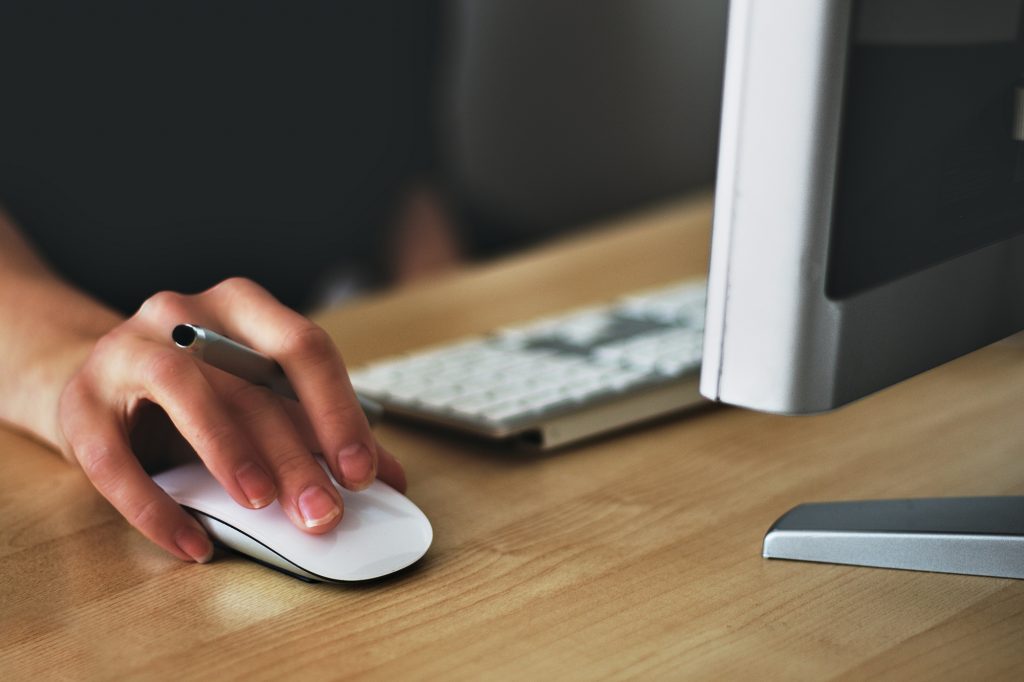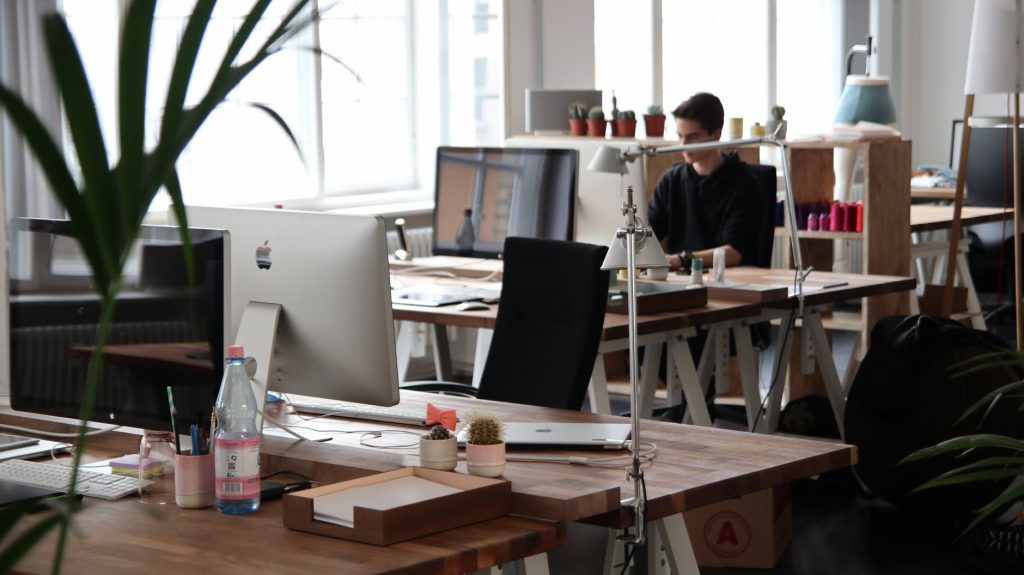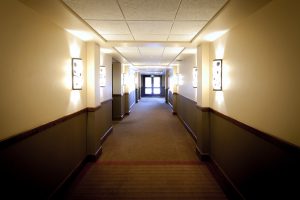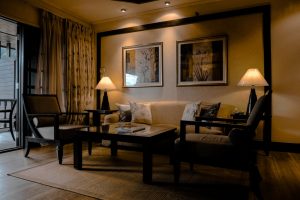
What exactly does office interior design entail?
The term ‘office layout’ refers not only to the decorative and operational aspects of a workspace — it’s evolved to encapsulate:
- Sustainability
- Technology
- Health and wellbeing
- Business culture
It’s also useful to understand what office interior design is not:
- Simply deciding where chairs and desks are put
- a one-size-fits-all strategy
Interior design is now regarded as an integral and integral part of creating a successful office area, while it’s a brand-new fit out or an upgrade of your existing environment.
What to Think about when redesigning your Workplace
There are 3 Major aspects to consider when planning the design of your workspace:
- The Physical Aspect
- The Technological Aspect
- The Human Aspect
The Physical Aspect
Not every employee will like or gain from an open-plan office layout, though others will embrace the opportunity to collaborate with coworkers. Adding interior layout that enables activity-based functioning at the office means employees have the freedom to ‘hot-desk’ or a comfy home office chair at various workstations if they choose. This can not only be enabling but raise productivity by giving staff members a choice of where they work.
Few consultations with a fantastic interior design firm will guide you through the options and make sure the plan you desire is coherent with your business culture and brand values and it is going to work for your employees.
The Technological Aspect
If the infrastructure in the building can’t encourage the redesign, it won’t encourage your employees to perform their jobs correctly. One survey reported that 85 per cent of workers believe they could perform their work better with the right technology and another suggested only 13% have access to tablets at work — tools that are vital for flexible working.
To get a successful office redesign that embraces activity-based functioning, the right technology needs to be contained in the design.
Technology can actually enhance an office’s inside with wireless charging pads, integrated touchscreens, audio-visual options, cable management and in-desk power solutions all working to make the office look sleek and provide practical power solutions.
The Human Aspect
Communication with your workers is the trick to a thriving workplace redesign, as leaving workers in the dark about what is happening with their office will shortly result in disengagement or resentment.
You may want to make a stimulating working environment, with ‘fun’ features like a slide, completely open offices or walls coated in loudly primary colours. But if your staff simply need somewhere quiet to work, then all these bells and whistles are likely to go unused or, worse, end up creating resentment in your own team.
Before beginning your redesign job, talk to your team and ask them what they want, whether that is something as straightforward as a questionnaire or requesting them to draw their ideal office. Incorporating everything that everybody wants will be impossible of course, but employees will appreciate being given the chance to contribute.
Top 5 layout features
1. Lighting
Lighting plays an important part of a design concept instead of purely for decorative reasons. It may have an effect on:
- Reasoning/decision-making process
- Productivity
- Sleep
- Health and wellbeing
Traditional office lighting — especially electrical tubes — has a reputation for being cheap and providing poor-quality, artificial lighting. However, businesses are beginning to realize that investing in high-quality lighting and — crucially — maximising natural lighting in the workplace where possible makes for a happier, more productive workforce.

2. Colour
When decorating a workspace, the colour choice shouldn’t be arbitrary; nor should it be restricted to the organization’s branding. The effect that different colours may have on people’s state of mind is well documented, so it is sensible to capitalise with this in the working atmosphere. If you take a look at some of the best conference venues in Melbourne, you will find that most of these spaces utilise colour to invoke certain feelings for the people that use the space.
3. Health and wellbeing
Of course, considering employee health and wellbeing when designing workspaces will naturally consist of individual elements like lighting, colour and furniture but in addition, it warrants separate attention. By way of instance, the research we carried out suggested that using a purpose-built space inside the office to unwind it is important to one in five people.
Bringing nature into the office can be a very simple but effective measure to counteract the negative effects of work-related pressure. Biowalls, for example — a recent trend that introduces walls of plant to the office space — may have a positive impact on staff wellbeing by improving air quality, diminishing excessive noise and bringing a feeling of calm into the office.
Showing your employees that their health and wellbeing is a priority when it comes to creating office design and layout plans — listening to their requirements and working tastes — is essential to maintaining a happy and healthy organizational culture.
4. Furniture
Office furniture has evolved hugely in recent years and businesses are realising the advantages of investing in high-quality pieces that offer durability, flexibility, ergonomic service and office chairs. Renowned furniture design company Herman Miller has developed a selection of flexible furniture that could be configured and adjusted in line with a company’s requirements. This modular approach, including the option to erect walls to improve privacy for the individual or small group work, gives staff members the flexibility to work at one another’s desks if required. Modular furniture is also sometimes used in the more upscale function rooms in Melbourne CBD.
Picking out the proper furniture is an integral part of a workplace fit-out job — take a peek at a few of our recommendations here.
5. Reception
The very first impression of your business — to both customers and potential workers — is surely worth giving serious consideration to.
There are lots of design touches that can help ensure this part of the office creates the perfect ambience, such as:
- Displaying art on the walls
- Utilizing comfortable yet durable furniture
- Displaying your awards
- Keeping branded material on show
- With splashes of vivid colour, such as magenta












